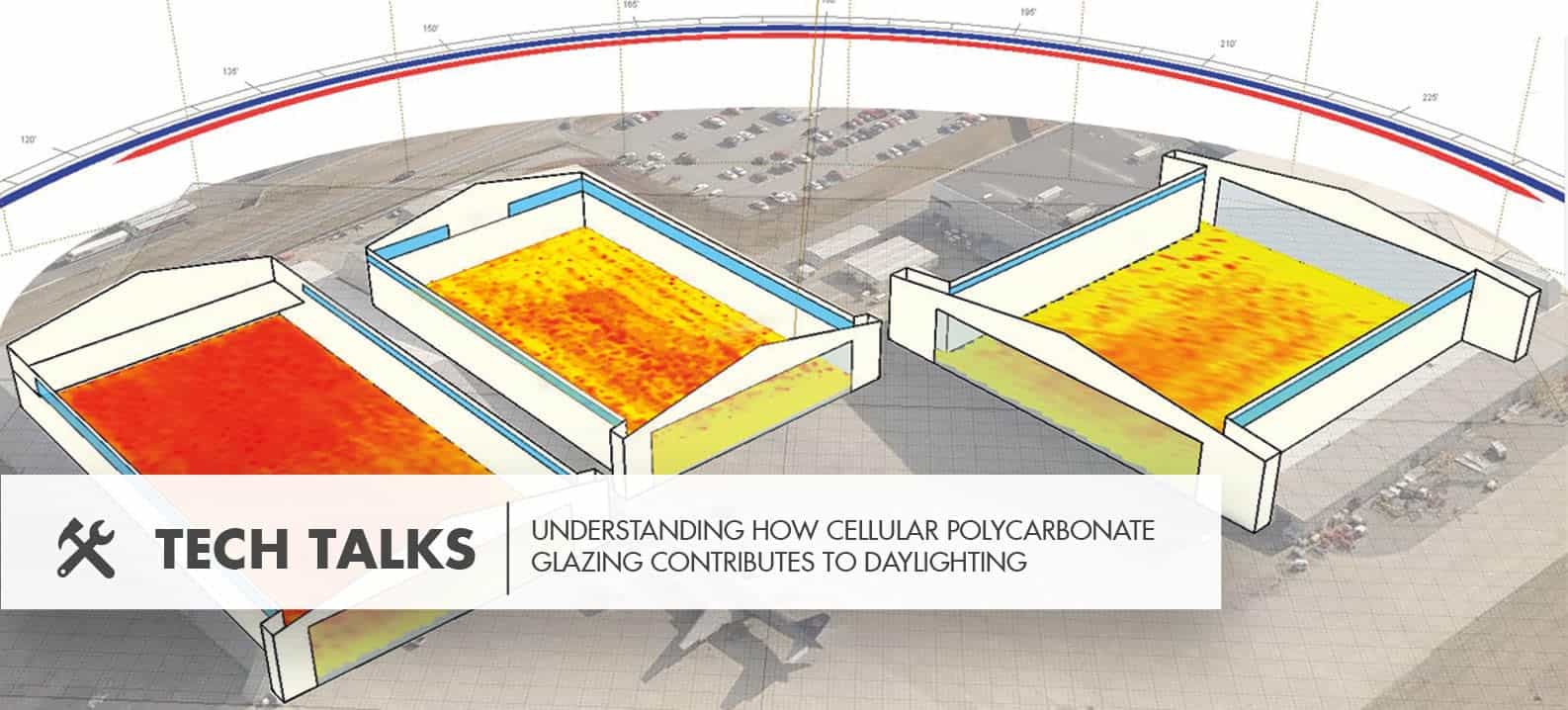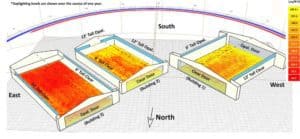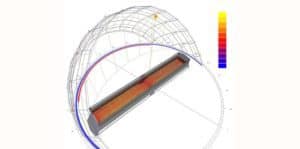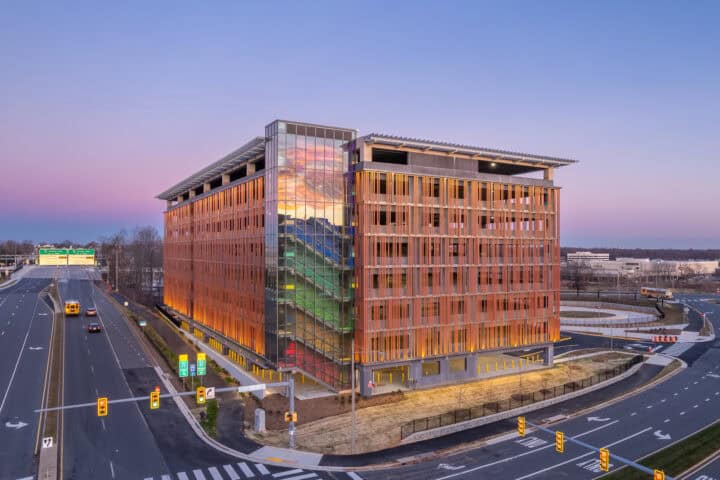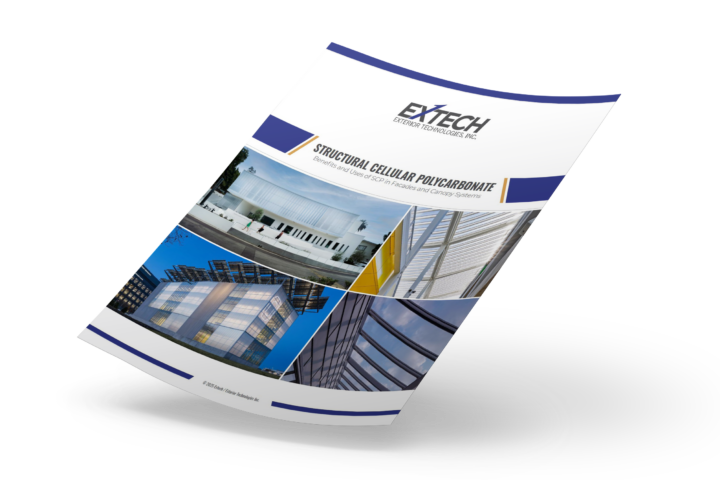Q: How Does Cellular Polycarbonate Glazing Contribute to Daylighting?
Access to daylighting provides recognized benefits to health and wellness, accuracy and productivity. Research has shown higher job satisfaction, higher test scores and higher sales in buildings designed to maximize daylighting. Reliance on daylighting also decreases the demand on electric lighting, which reduces the associated energy costs, associated emissions, and resource consumption.
To capitalize on the advantages of daylight, careful attention must be given to balancing insulation and thermal performance, diffusion, glare reduction, light transmittance and ultraviolet (UV) resistance. All of these benefits are possible with CPG daylighting systems.
What Typically is Included in Daylighting Analysis?
Daylighting analysis models the amount of light on a building’s floor plan, either over the span of one year, or on a particular day/time. The daylight model helps the architect determine if the design has enough natural light, the quality of the light, any unwanted “hot spots” and other measurable criteria.
In the early conceptual phase of design, daylighting analysis models can even be used to evaluate different shapes or orientations of buildings on the site. The goal is to determine the most effective configuration to harvest the maximum daylight available, in accordance with the building application.
The model is used to inform design choices such as:
- To increase or decrease the amount of daylight opening,
- To determine glazing selection based on light transmittance and translucency, or
- To evaluate combinations of daylighting systems, e.g. whether to use large curtainwalls or a mixture of smaller windows and skylights.
For example, with a particularly wide building like a factory, a narrow strip of windows may not allow natural light to penetrate deeply enough into the structure to be of value. A daylight analysis could help determine if it makes more sense to increase the size (height) of the windows, move their position on the vertical wall, or if selectively placing skylights on the structure would be more beneficial. Daylight analysis also would show the benefit of placing a skylight in various alternate locations.
Who does the daylighting analysis?
Some larger architectural offices have specialists on staff. Experienced daylighting products manufacturers also should offer this service.
When your design is visualized in daylighting computer simulation by a team of engineers, it enables you to make changes on the spot to optimize its daylighting capabilities. Daylighting Specialists will walk you through the different scenarios and demonstrate how alterations in design can greatly increase the benefits that daylighting provides.
What are the usual metrics?
Daylight can be measured in various ways, including:
- Luminous flux: The amount of light coming from a light source.
- Luminance: The amount of light reflected off a surface at a specific distance. Measuring luminance may help determine whether lighting is sufficient for a specific task or if glare may be a problem.
- Daylight Autonomy: This is the percent of time over the year that minimum light requirements are met by daylight alone. It takes into account cloud cover and other sky conditions throughout the year.
*Guidelines by space and task type are available from the Illuminating Engineering Society and the International Commission on Illumination/Commission Internationale de l´Eclairage (CIE).
About EXTECH
As a leading provider of daylighting systems, EXTECH receives many questions specifically on cellular polycarbonate glazing. These questions range from the time it takes to install the systems, the cost of hiring installers/glaziers, modifications to the system on-site, etc. We understand that Architects, Facility Managers, General Contractors, and Glaziers are looking for answers relevant to their scope of work.
To better address these topics, we will be publishing a series of quick, detailed, and to the point information to help YOU understand the ins and outs of Polycarbonate Daylighting Systems.

